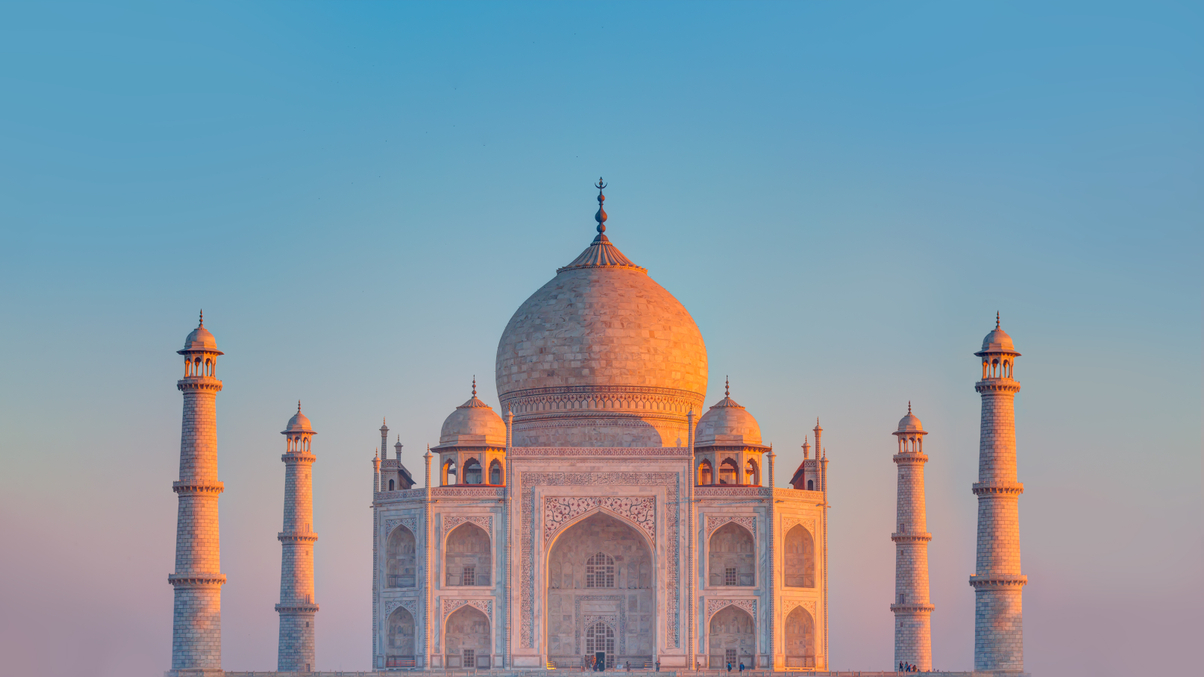Is India the new gold rush for Chinese investors?
Chinese investors have been flying to India in the past few months to check out VC and PE opportunities – can they follow in the footsteps of the Americans and Japanese?

Indian startups and Chinese investors are growing ever closer. Venture capitalists have visited India so frequently this year that some have made as many as five trips since January.
Sign In to Your Account
Access Exclusive AsianInvestor Content!
Please sign in to your subscription to unlock full access to our premium AI resources.
Free Registration & 7-Day Trial
Register now to enjoy a 7-day free trial—no registration fees required. Click the link to get started.
Note: This free trial is a one-time offer.
¬ Haymarket Media Limited. All rights reserved.


